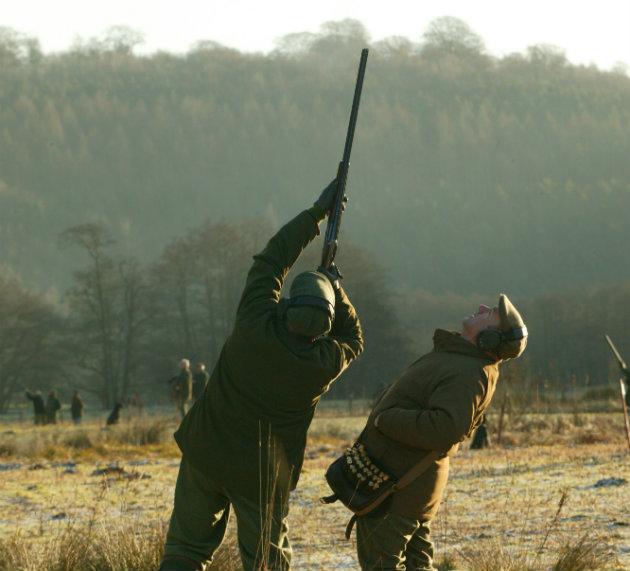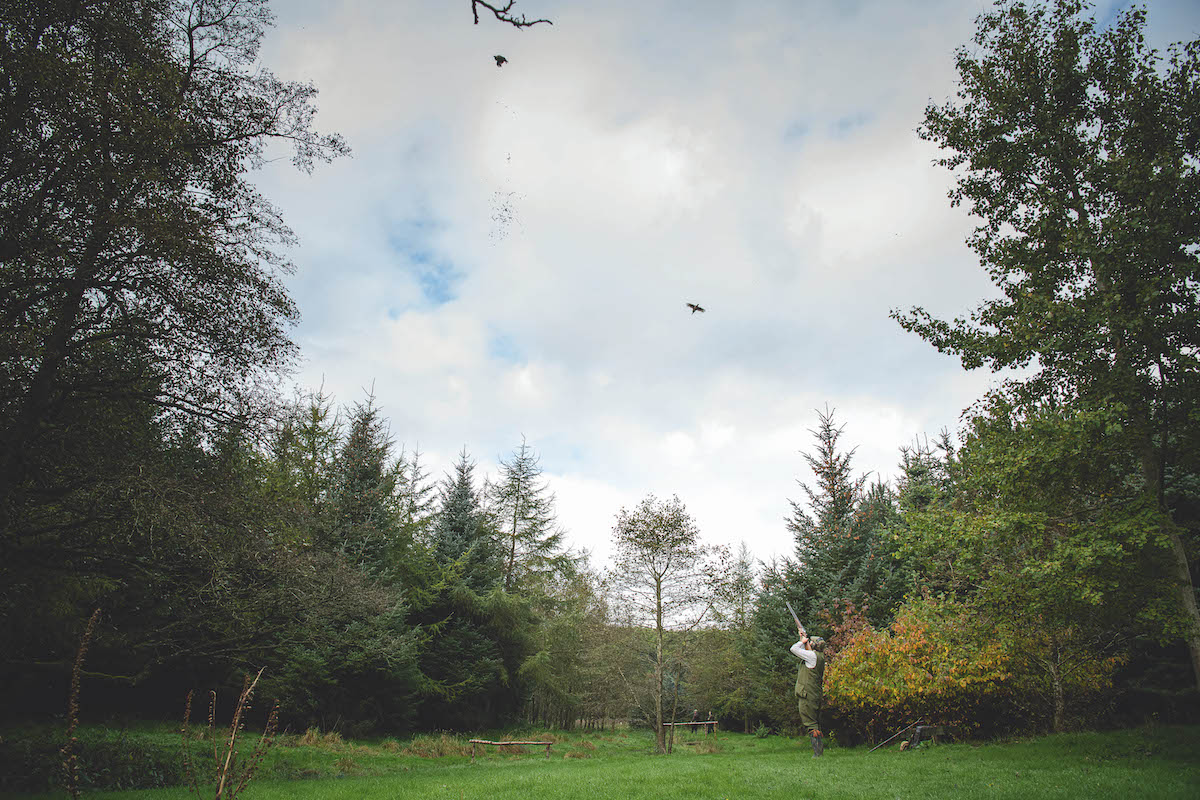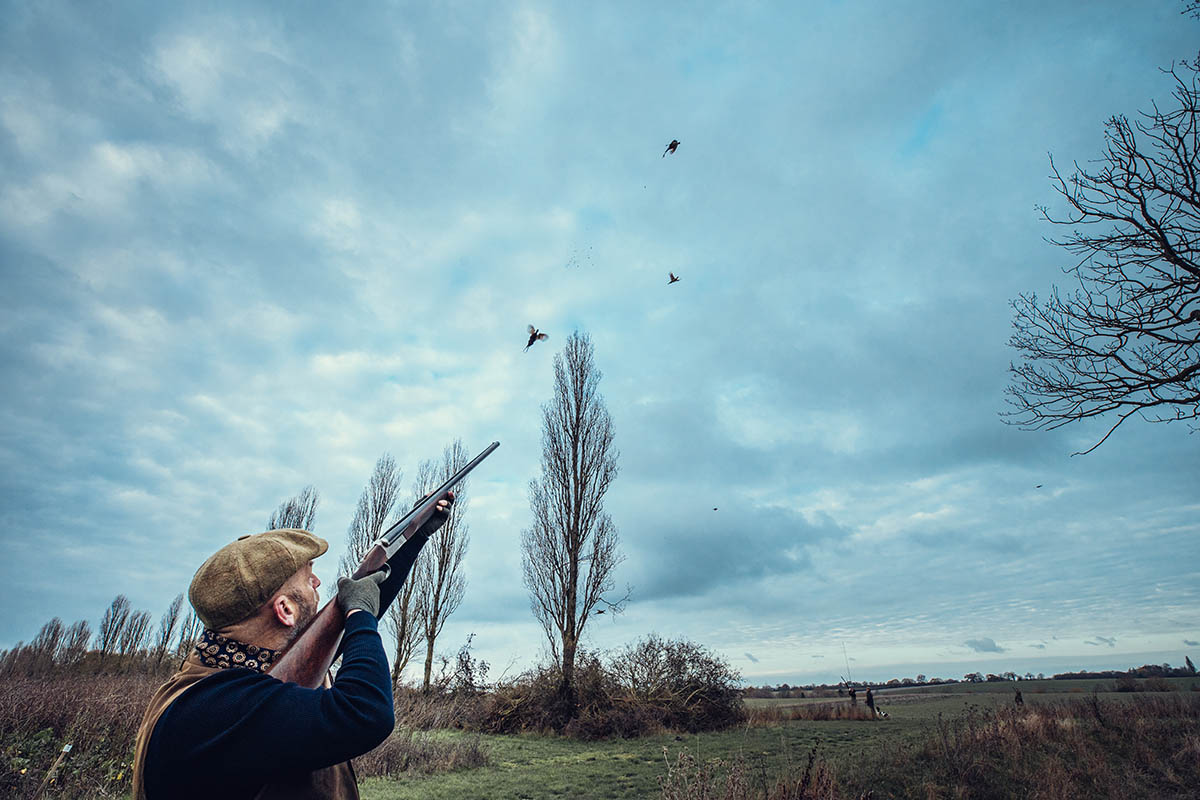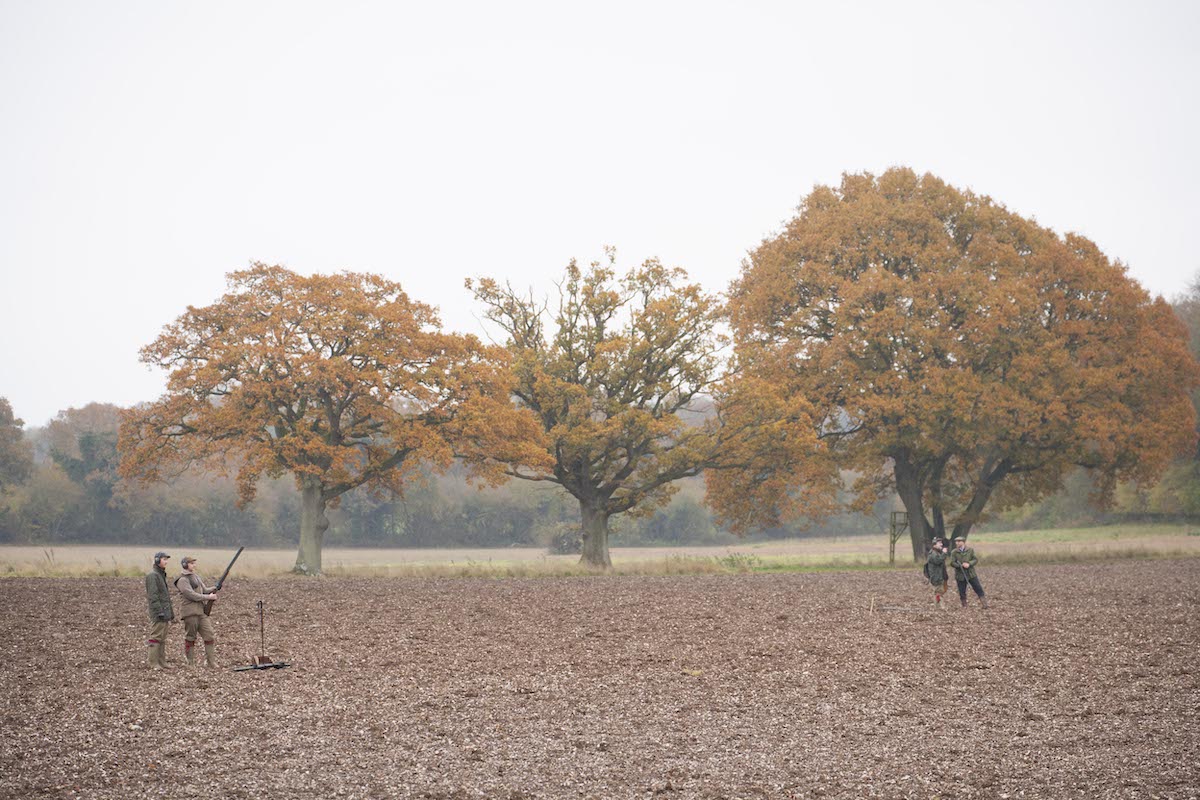Which type of pheasant shooting is superior?
Snap shooting or going after high ones in open fields? Giles Catchpole and Ben Samuelson debate the issue ...

Coated pellets will not make you a better Shot; you must still know your range limits
High pheasant in open fields
By Giles Catchpole
Snap shooting is all very well and good. Couched on a ride in the midst of the shelter belt or in a clearing in the heart of a block of forestry can be exciting, for sure. Who doesn’t enjoy a bit of close combat stuff, eh? Birds coming from all directions, a glimpse through the canopy; bish-bosh, thump-thump. Heart racing and nerves jangling. What’s not to like?
But when all is said and done, snap shooting pheasants as they dash across that brief patch of open sky that you have been allotted is a bit of an ambush, isn’t it? And is an ambush really the act of a sportsman?
Compare and contrast, then, the noble pheasant that rockets from a strategically sited strip of cover on the sunny side of the hill. Up and up it goes, higher and higher still, until it seems to pause for a moment and survey the valley below. And then it spots the guns lined out there, sniffs the wind, determines its escape route, pulls down its goggles, tightens its scarf, sets its wings and sets out for glory.
Bum-belly-beak-bang
Sidling across the wind, twisting in the mist and gathering speed as the altitude drops away you can almost hear the sound of engines beginning to whine as it hurtles towards the line. There may be a bunch of birds in the air at any time on such a drive but only a few will qualify as true stormers. Hard to define, of course, but easy to recognise, aren’t they? There is only ever one choice.
And then it is just you and the bird. Follow through the curling wing; bum-belly-beak-bang!; maintained lead; five bar gates and London buses all course briefly through the synapses before being replaced by the necessary cold, hard resolution. This bird is yours. This is not close combat; this is single combat and that’s what sportsmen do.
“Good luck with that one!” echoes a voice down the line. Fine walnut strokes skin for just a brief moment and you feel a sudden jolt in the shoulder. There is a pause. Everything stops for an instant. And then what?
Head back, plate glass window and a long arc into the arms of cheering pickers-up? Or nothing? At all? Whatever? Hero or zero? It doesn’t matter. You could have shot all the rest but that is not the same at all. There is only one and hit or miss you gave it your best shot. But when they do come down…that’s really a moment.
Having trouble shooting high pheasants? Then read these expert tips
Chris Bird at Hollands offers some high pheasant shooting tips
Snap shooting pheasant – what am I doing wrong?
John Bidwell says: This one has cropped up in this column before so, at the risk of repeating myself, I will cover the…
Snap shooting
By Ben Samuelson
I’ve never been shooting with Giles Catchpole. In the interests of complete disclosure, he has never seen fit to invite me. I suppose I could have invited him but I’d rather he opened the account.
However, should we find ourselves shooting together, perhaps on neutral ground somewhere in the Midlands, I have a horrible feeling that he’d be a much better shot than me. You know exactly the sort of shot he’d be too. He’d bring the gun up late in one economic but fluid motion, dropping all the highest birds in a neat heap just in front of him and his impeccably behaved dogs.
This is why he’s a fan of shooting out in the open. Because he can. And because he likes other people to see that he can.
A split second
And that’s why I’m a fan of snap shooting in the woods. Give me enough time and I will wave my gun around like a sapling in a thunderstorm. If I can see the bird long before it’s in range, I’ll be thinking about line and lead, where I’m putting my feet as well as what the rest of the line is thinking and doing.
If you’re snap shooting in the woods, none of this is a problem. You only have a split second to work out if it’s your bird or your neighbour’s, whether it’s quarry or prohibited, whether it’s safe and indeed sporting. And then what line it’s flying along, how fast, how high, where to swing your gun and when to pull the trigger. Occasionally, without the time to think about it, I might even hit the blasted thing.
Unfortunately, as we’d be in the woods, Giles wouldn’t have seen a thing.










